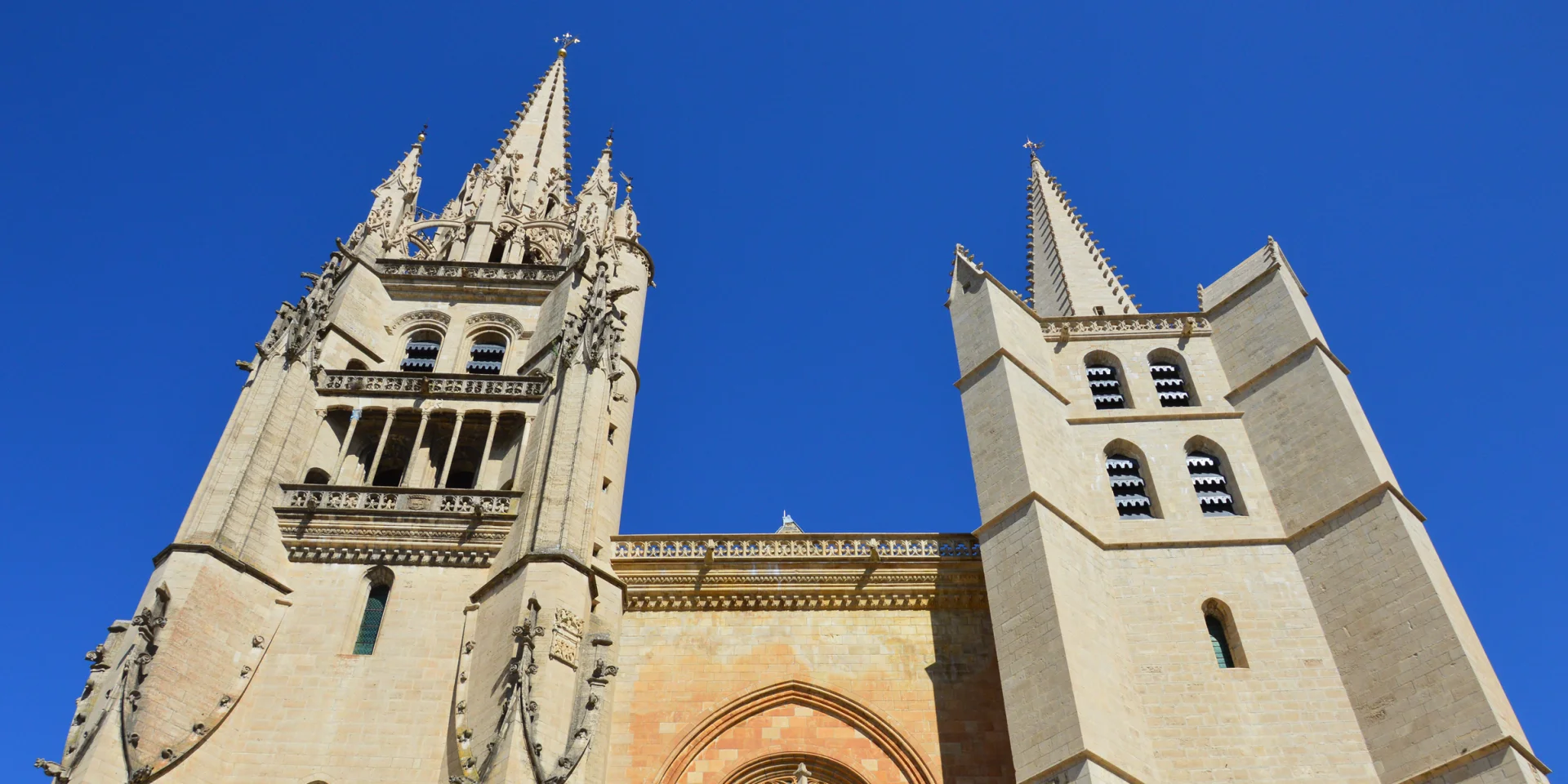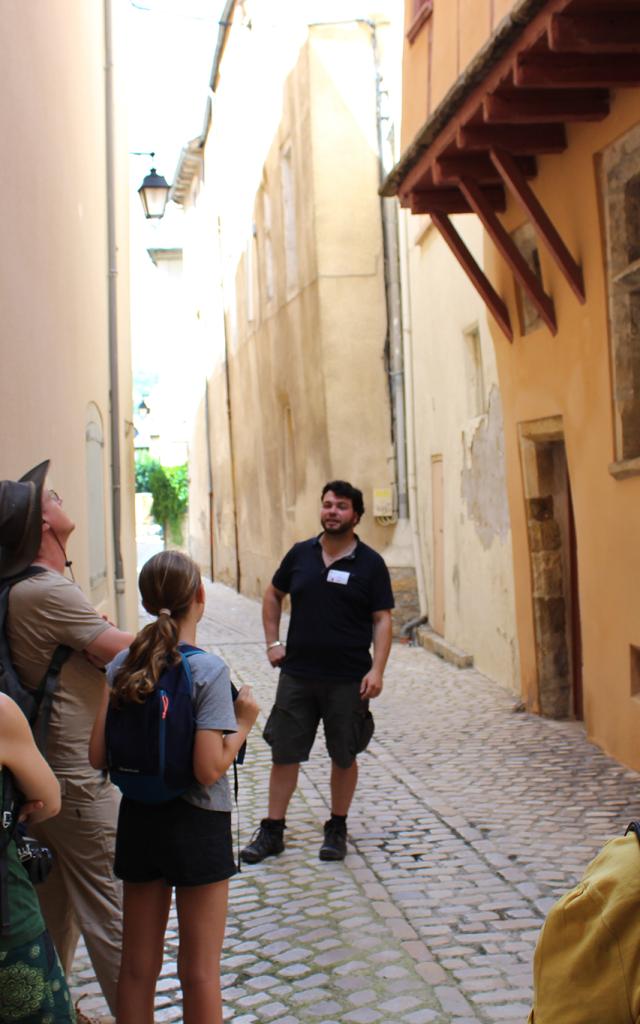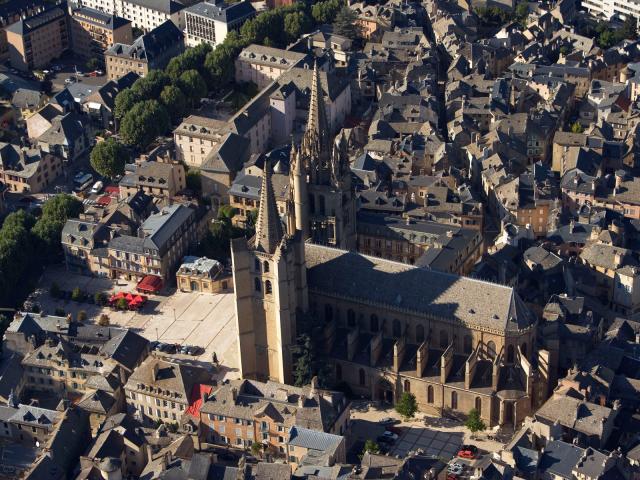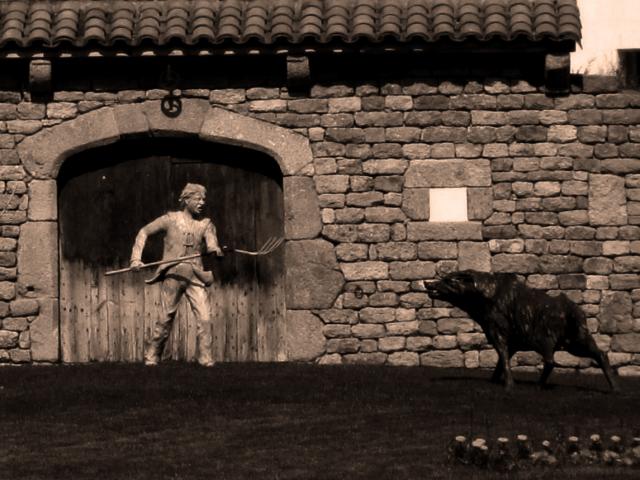In October 1516, 180 mules brought, from Lyon, 600 quintals of metal to make three bells including the famous « Non Pareille » (the weight of metal is given in old measure which is difficult to transpose today).
Cast locally, the bell was hoisted into the large bell tower in 1517. The unusual shape of the vault, interrupted by a circle measuring approximately 4 metres, indicates its impressive diameter.
It was baptized François in honour of the bishop. The name Marie-Thérèse that we find today is much later in origin.
Reading the figures, we can understand the nickname “Non Pareille”: 3.25 meters in diameter, 2.75 meters in height and 33 centimeters in thickness!
It has long been believed that this bell weighs 25 tons, studies tend to indicate today that it weighs between 12 and 12.5 tons.
At the time, the “Non Pareille” was the biggest bell in all of Christianity!
Tradition says that it could be heard nearly 15 kilometers around and that people with fragile hearts as well as mothers who had young children took refuge in the cellars when it rang.
Unfortunately, this bell was destroyed by Huguenot captain Mathieu Merle.
He took advantage of the deafening sound of the bell at the end of the Christmas celebrations in 1579 to cover his attack on the city.
The bell was melted down to make cannons and culverins.
The clapper, still visible inside the cathedral, did not suffer the same fate.
It was made of an iron alloy unsuitable for cannon production, which is why it is the only remnant preserved today.
































